What is oxidative stress?
Oxidative stress refers to an imbalance between the production of free radicals and the body's ability to counteract the harmful effects of these free radicals using antioxidants. These antioxidants can be naturally occurring in your body, or come from your diet.
What about oxidative stress and exercise?
During intense physical activity, your body requires more oxygen, leading to a higher production of free radicals. These free radicals are known as reactive oxygen species (ROS). ROS' may interact with cell components like lipids, proteins, and DNA (i.e. increase oxidative stress), leading to cellular damage (oxidative damage).
Before we rush to demonise ROS', ROS is necessary for normal bodily functions (like contracting your muscles) and can help your muscles adapt to training. However, excessive amounts can overwhelm the body's antioxidant defences.
This imbalance can lead to inflammation, fatigue, muscle damage, and a prolonged recovery period. It may also contribute to the aging process and the development of various health conditions. Athletes and those engaged in regular intense exercise may be more susceptible to oxidative stress, making proper nutrition, including sufficient intake of antioxidants, and recovery strategies essential in mitigating its effects.
This is where sports nutrition is particularly important. Make sure that you get adequate calorie intake and restore protein and replenish muscle glycogen stores after tough training sessions or races.
What about consuming antioxidant supplements?
A 2020 review of 50 trials found that subjects who used antioxidant supplements had slightly less muscle soreness compared with subjects that didn't use any [1]. The authors of this review concluded that supplements were unlikely to have any meaningful benefit - you are better off prioritising a healthy diet rich in fruit and vegetables.
References:
[1] Ranchordas et al. Antioxidants for preventing and reducing muscle soreness after exercise: a Cochrange systematic review. Br J Sports Med 2020;54:74-8
Try the Roam Range
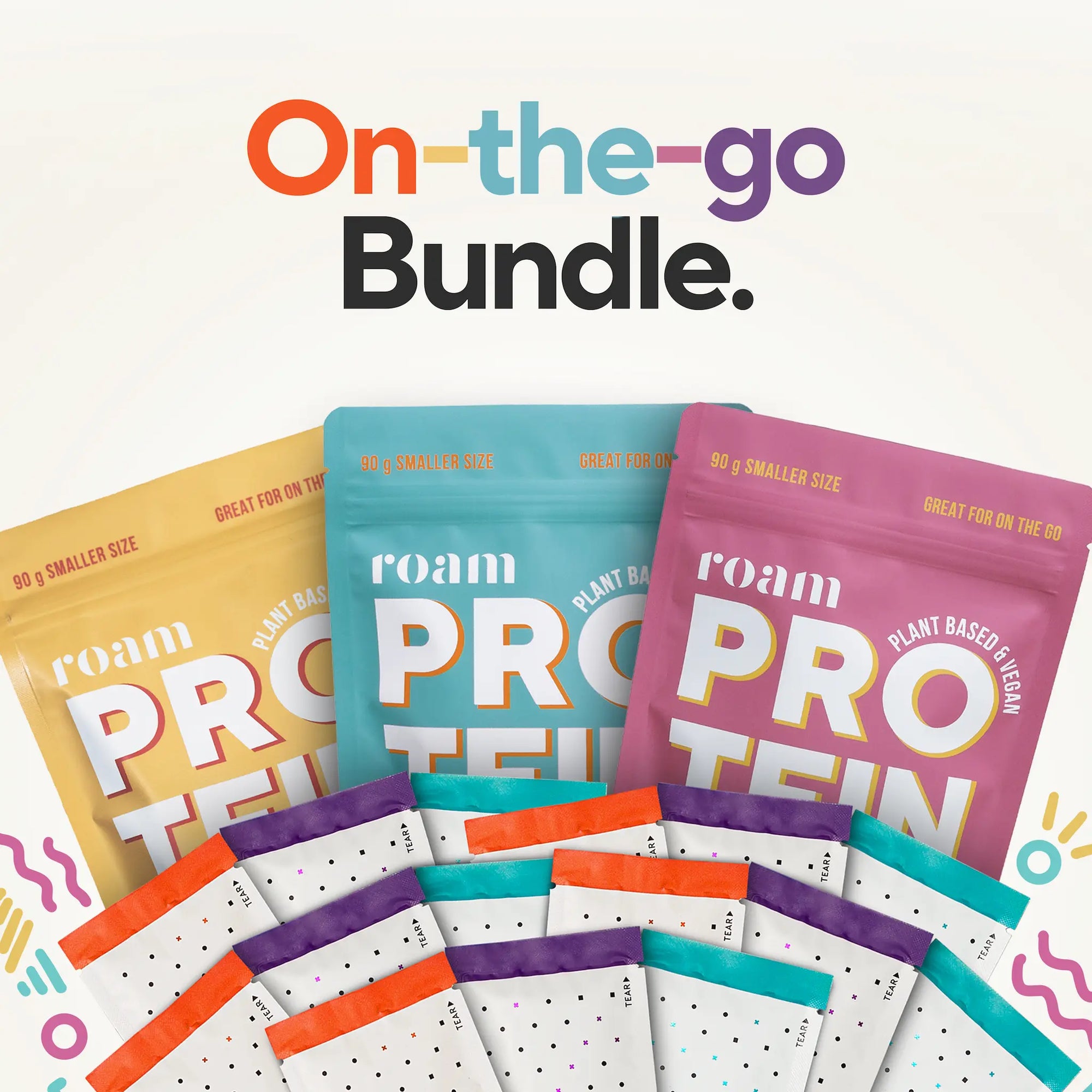
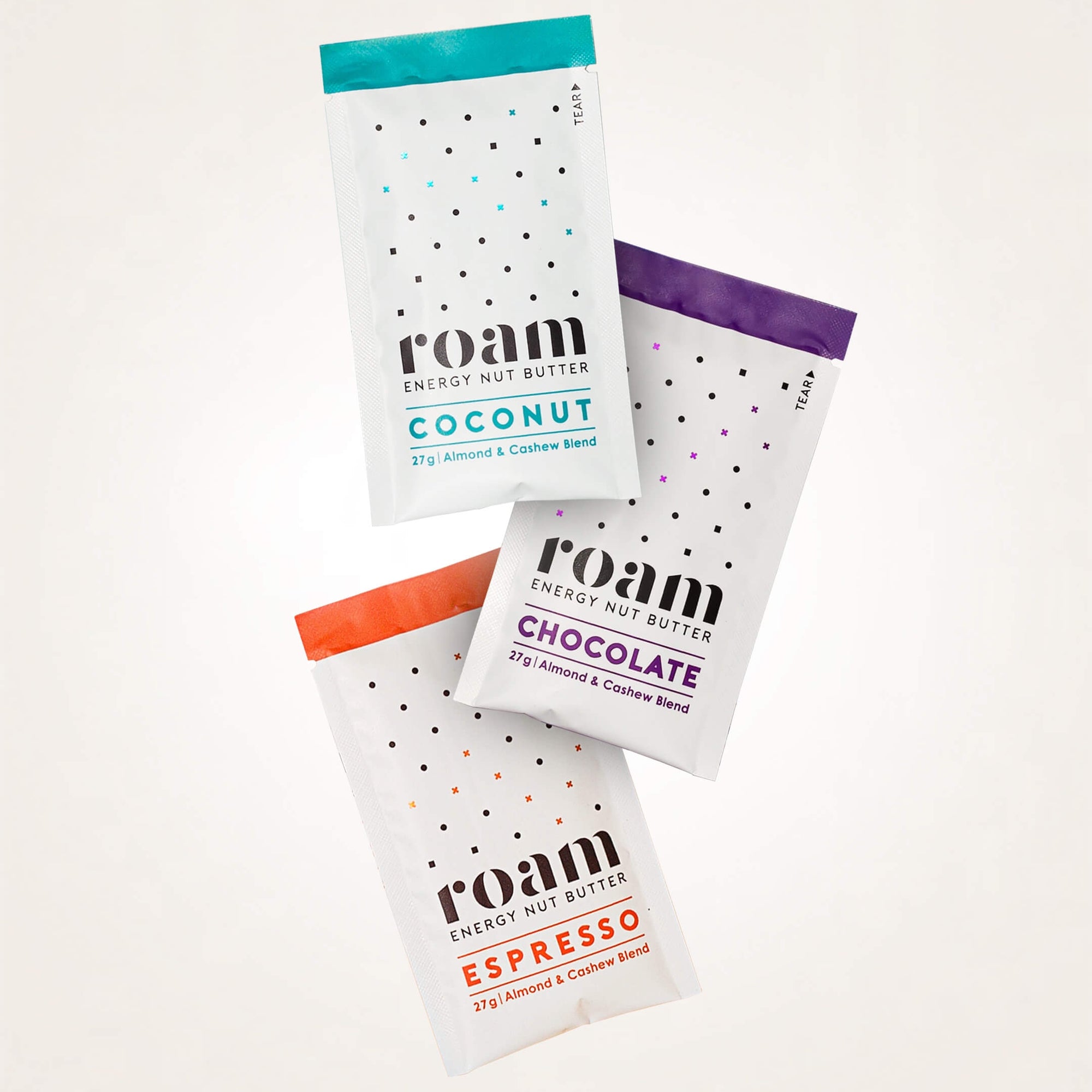

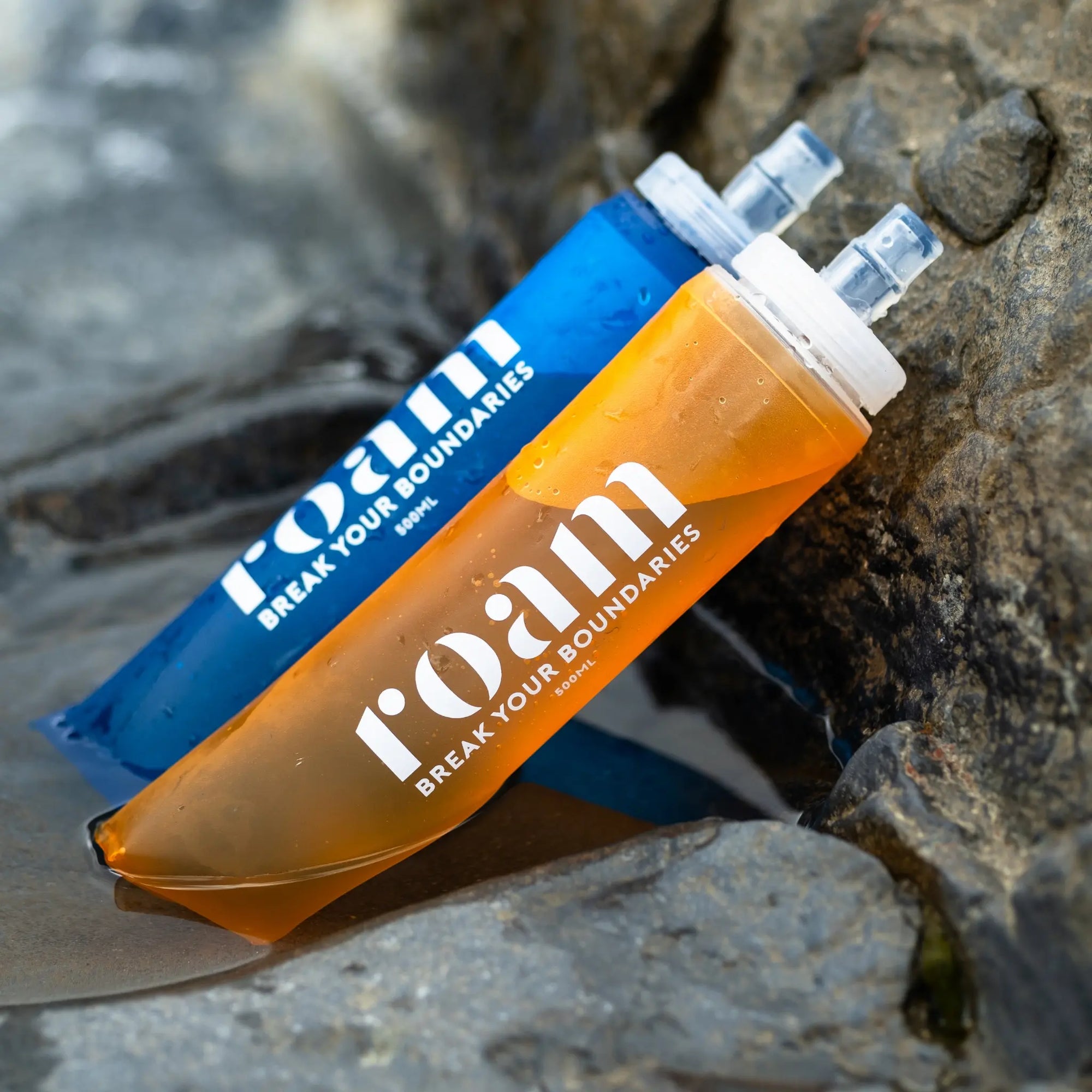
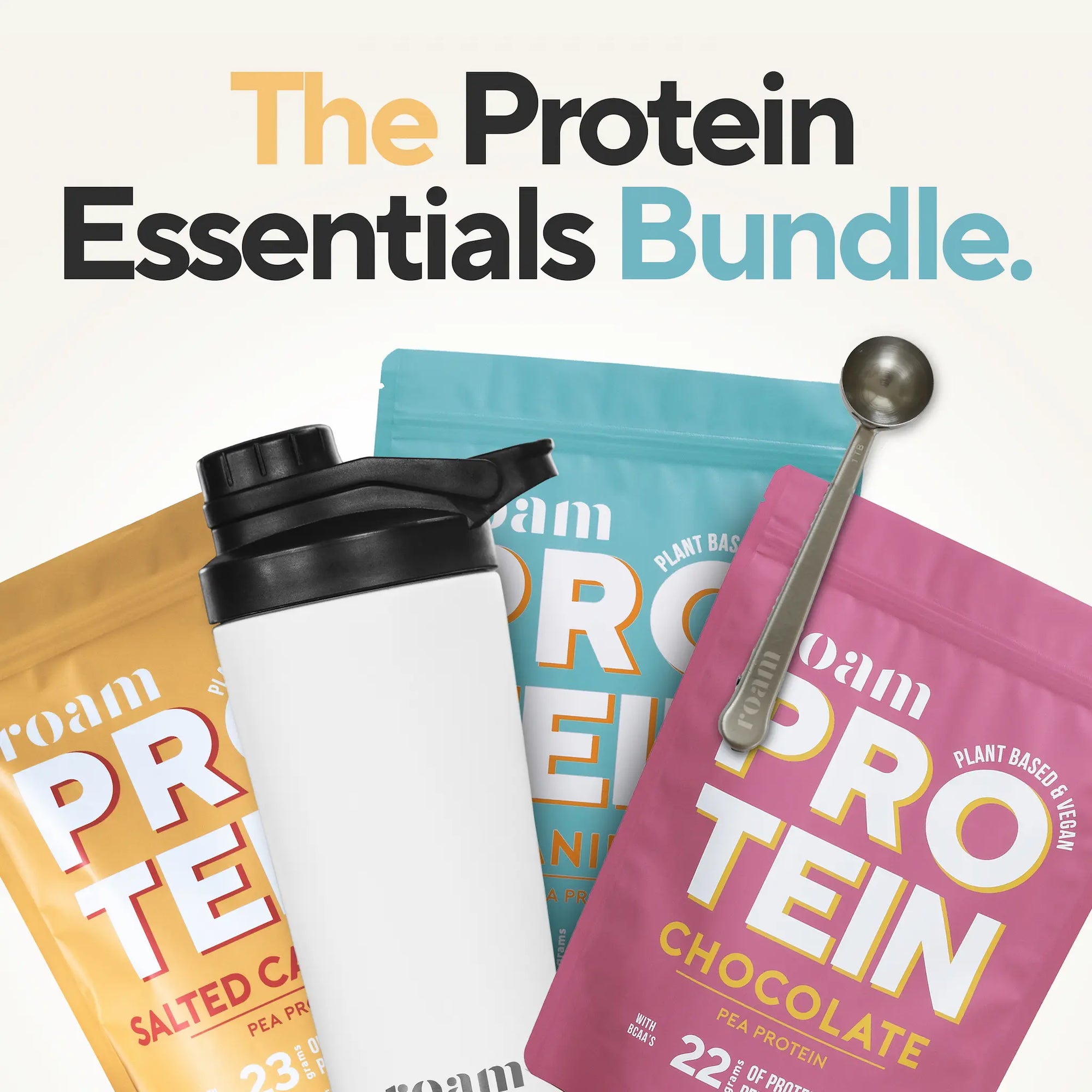
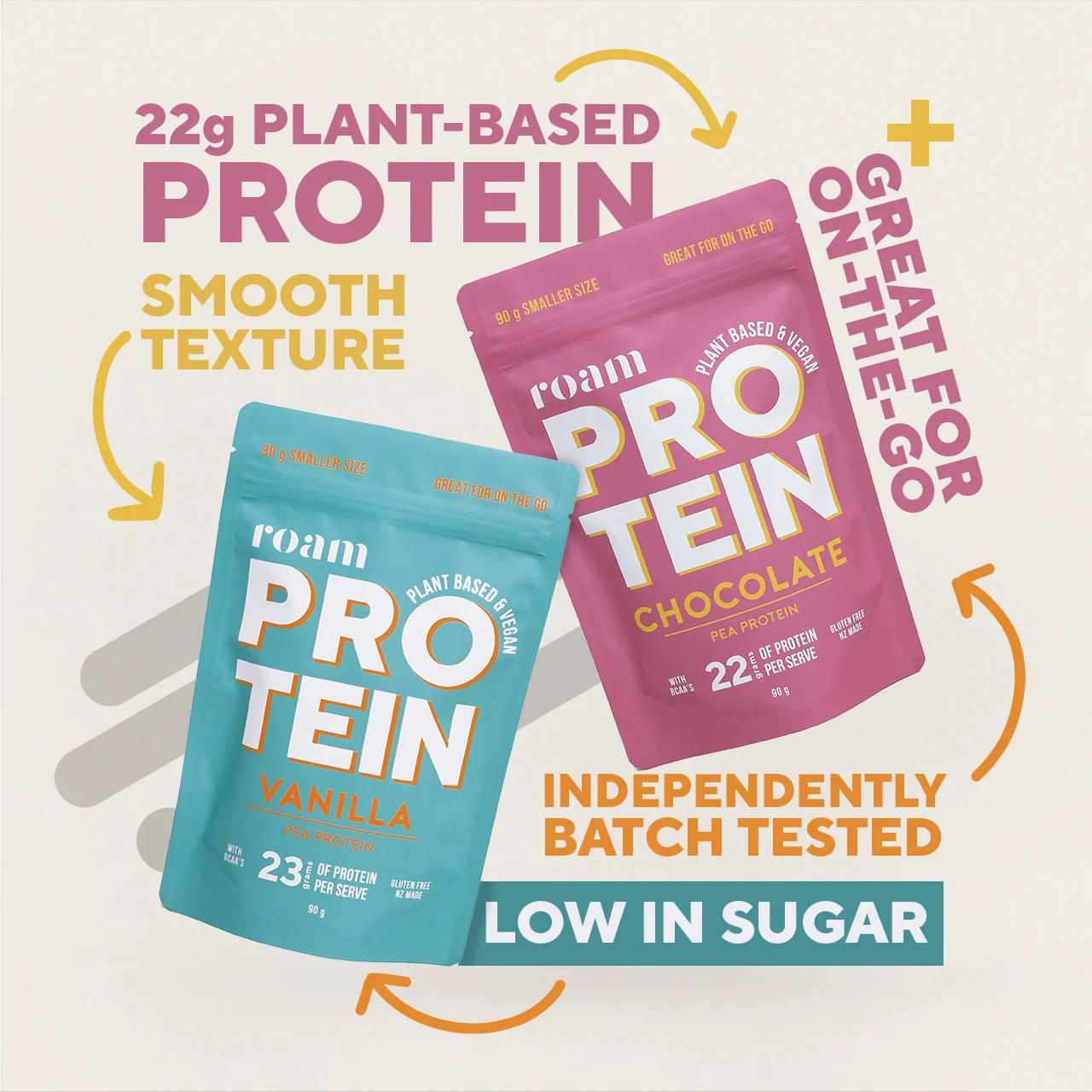 Protein Essentials Bundle
Protein Essentials BundleProtein Essentials Bundle
Regular priceUnit price per$194.95 NZDSale price $169.99 NZD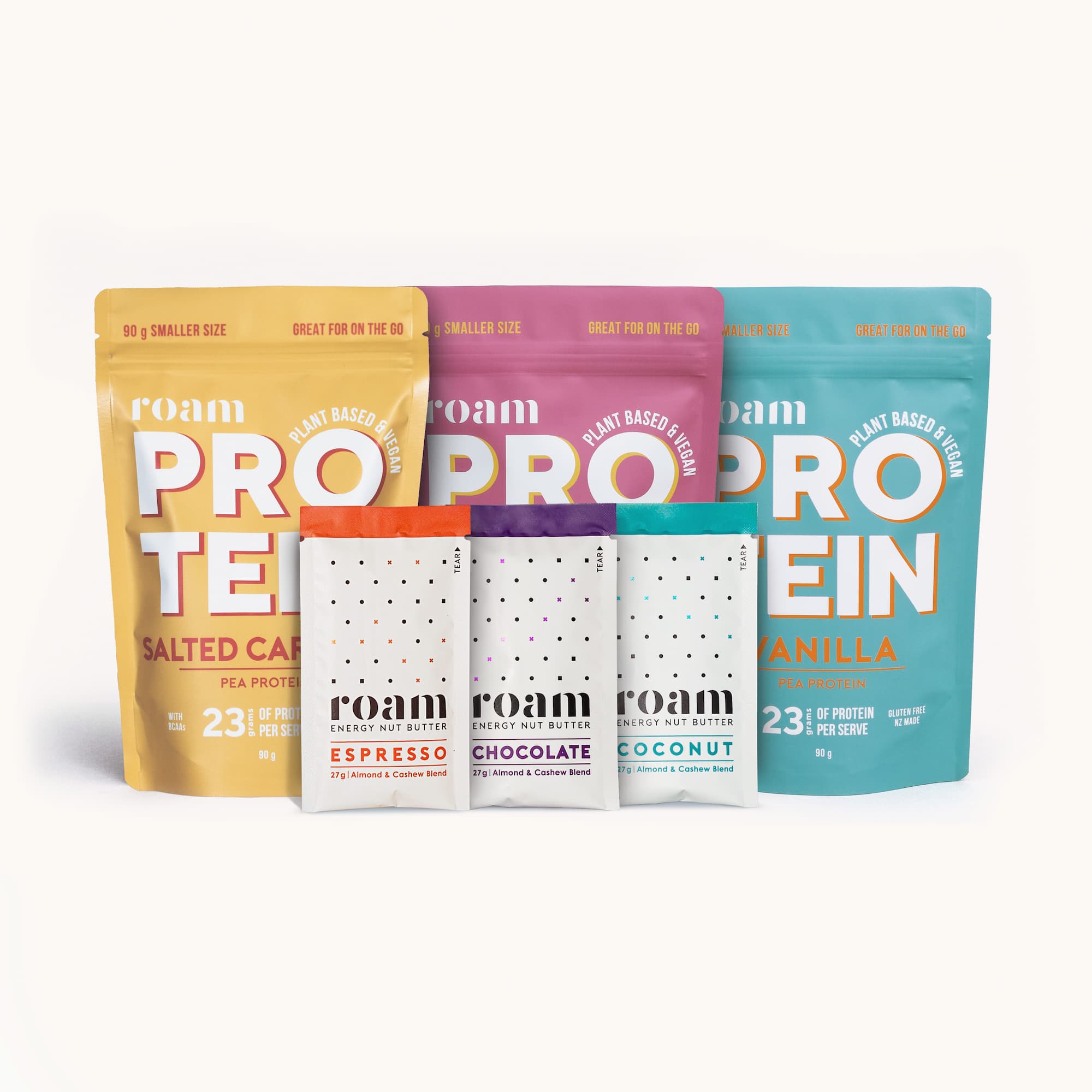
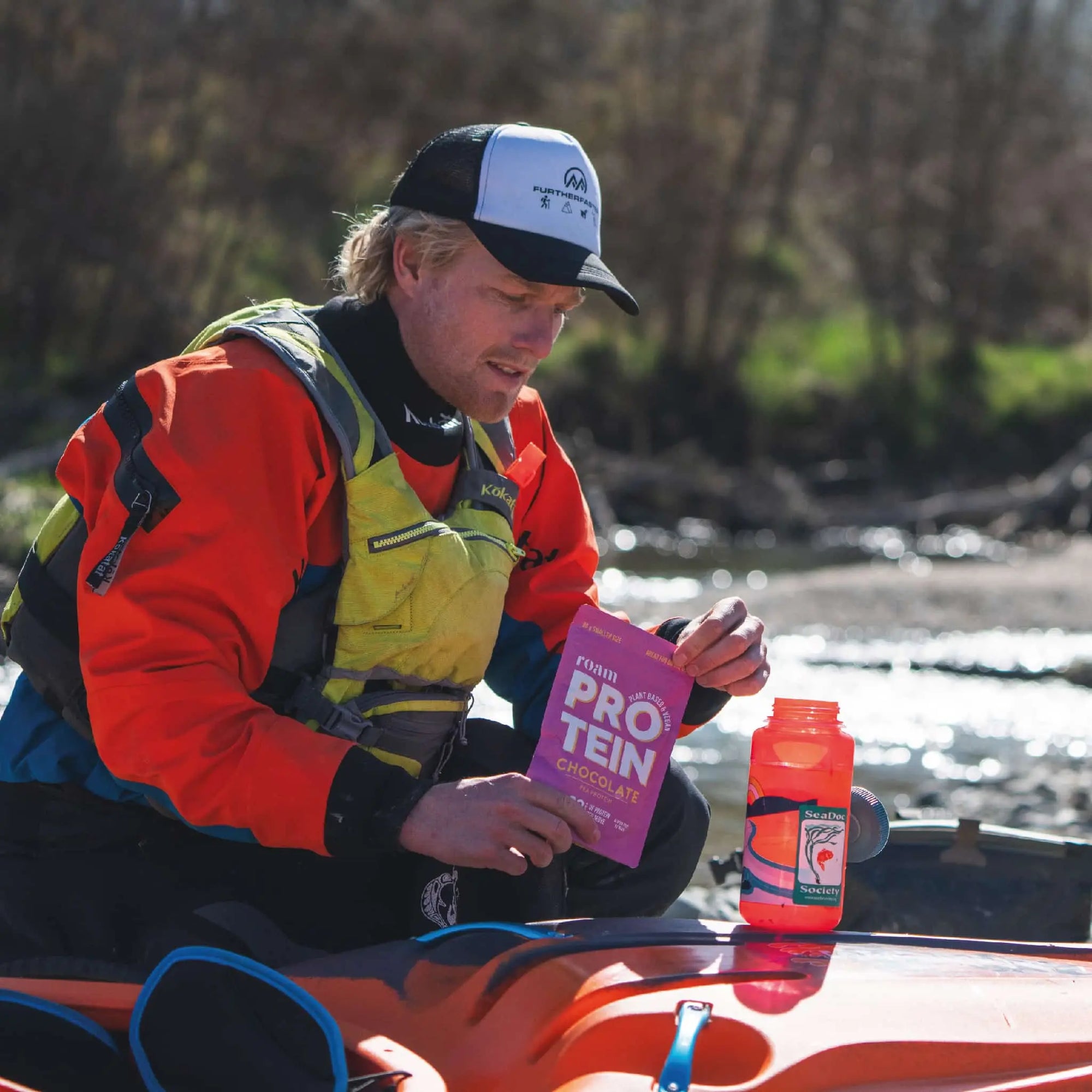
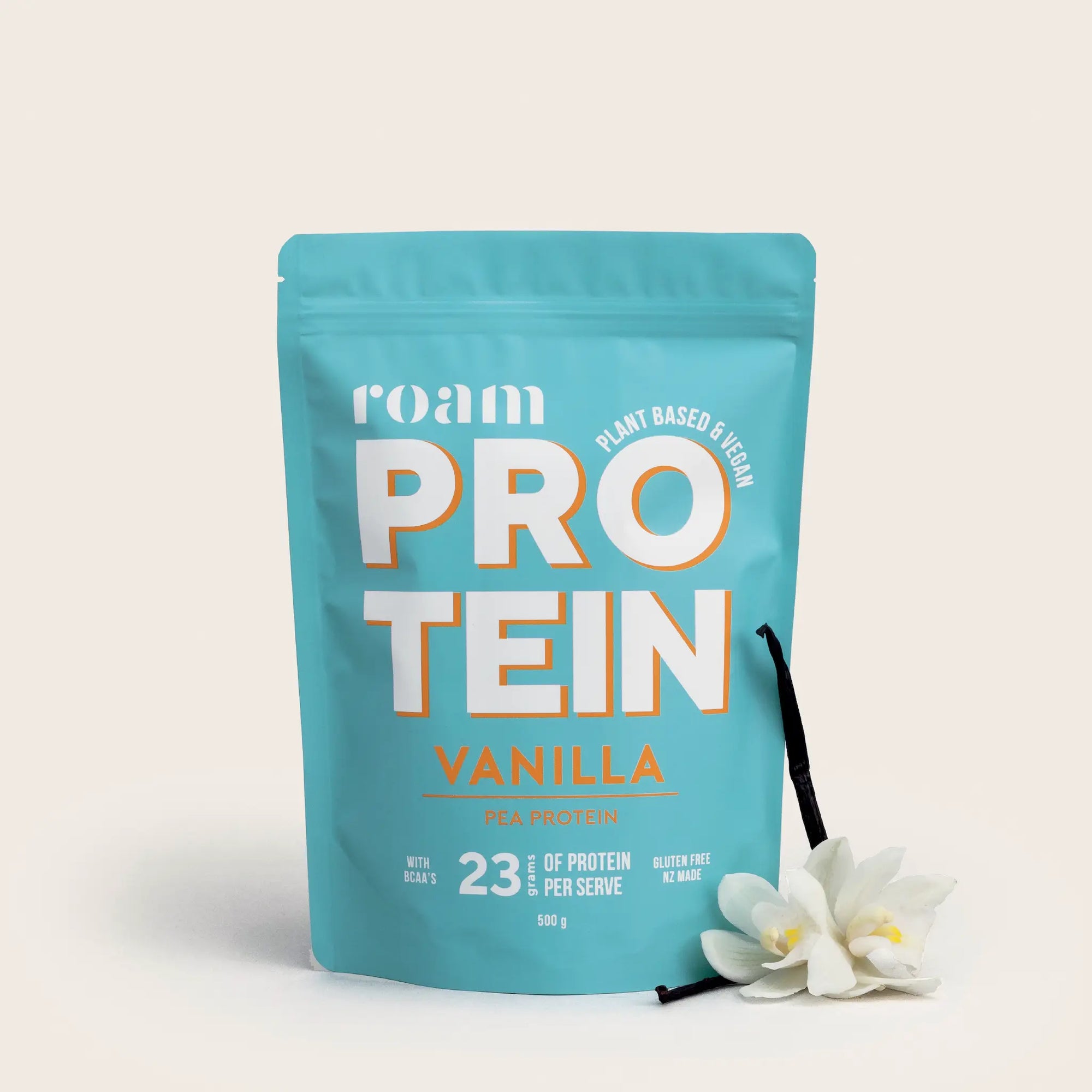
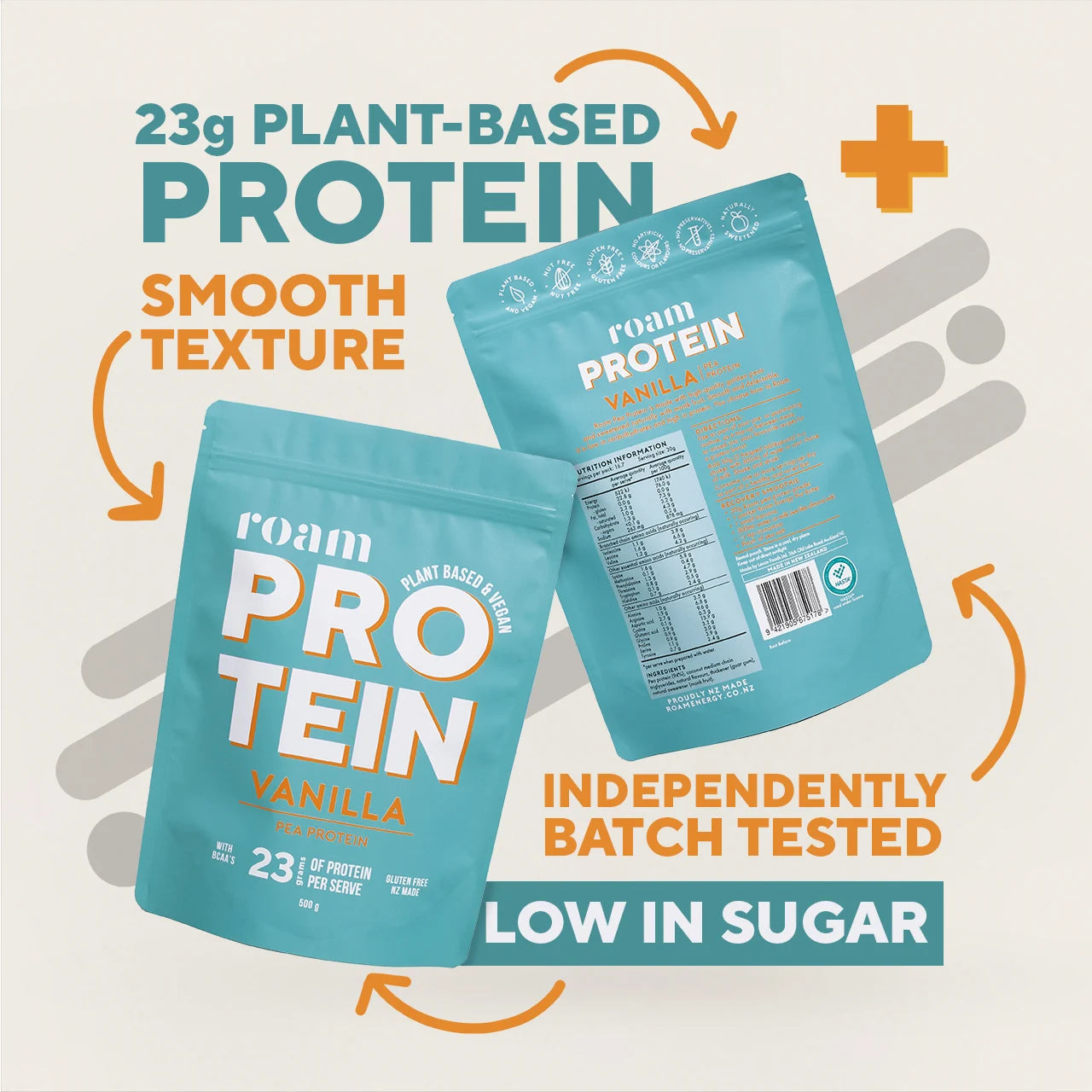
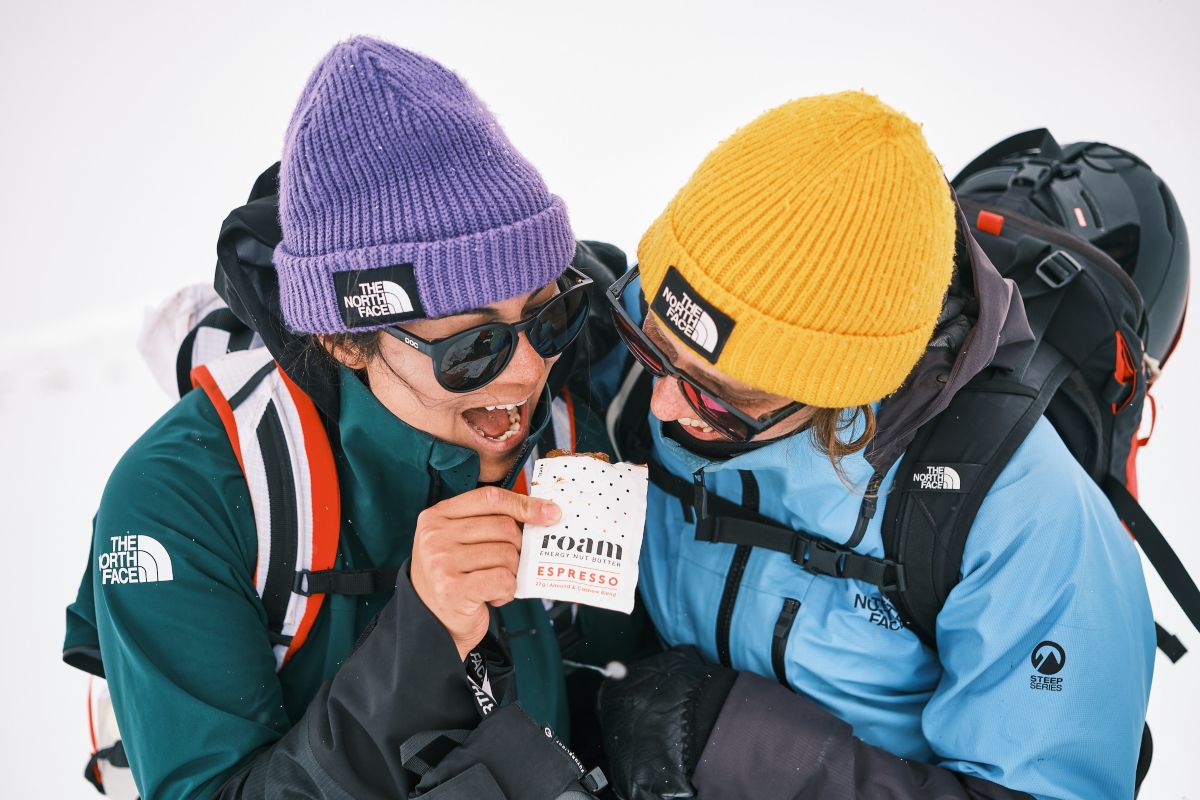
OUR MISSION IS TO PROVIDE NATURAL NUTRITION TO SUPPORT ACTIVE LIFESTYLES.
We do:
NATURAL. We use real ingredients. No artificial flavours or fillers.
TASTY. Truly yummy products that keep you coming back for more.
ADVENTURE. From mountain peaks to urban streets, Roam is the best on-the-go food option.
SENSIBLE SCIENCE. Practical exercise nutrition supported by evidence.










